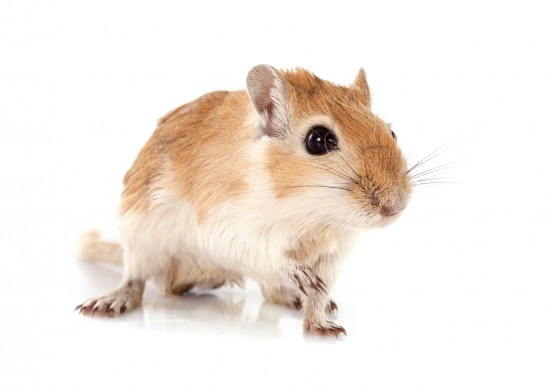
If you're interested in better health for your dog (and what dog owner doesn't want that for their dog?), raw food is something you've no doubt heard about; perhaps you've even considered switching to a raw dog food diet for your pet. Many are interested in the idea, but get discouraged by the idea that feeding their dog a raw diet will be very difficult and complicated. This, fortunately, is not the case. A raw dog food diet can be implemented with relative ease, but does require a certain amount of research and preparation to be successful for your dog.
There are quite a few books out there on the topic, as well as a plethora of websites devoted to raw dog food. On many of these, pet owners share their experiences with putting their pets on a raw diet. These sites are a great place to start, and you can get advice and tips from others who have already taken the plunge into raw diets for their dog.
When you are ready to start feeding a raw dog food diet, start simply to let your dog get accustomed to the change. Try chicken or other poultry (with bones, raw bones are fine for your dog - it is important to note however, that you should NEVER feed your dog cooked bones as they may shatter causing serious injury to your pet). After a week or so, you can begin varying the diet a little by incorporating some vegetables - carrots, zucchini and green beans are all good ones to start your dog on. Ground meats can be added at this time too (lean cuts at first, you pet will need a few more weeks before you should begin adding fattier foods to their diet). Before long you can add eggs and liver to the mix.
Supplements are part of the raw dog food plan as well. These usually include, but are not limited to nutritional yeast (available at health food stores), vitamins C and E and sometimes a little oil, especially flax oil - your dog needs their omega fatty acids too. The amounts used will vary by breed and size of dog; this is where research comes in. You'll want to be well aware of your dog's specific nutritional needs before embarking on a new diet for them.
An important thing to about vegetables in your raw dog food diet is that they must be crushed or blended. The digestive systems of dogs were not designed to break down cellulose, which is what holds veggies together. Once crushed into a pulp though, their nutrients are available to your dog, and are quite healthy for them.
To prepare your dog for this new and unfamiliar diet though, digestive enzymes and beneficial bacteria (acidophilus and the like) should be added while your dog learns to digest it's new raw dog food diet. If done properly and with thorough preparation, a raw food diet can be a wonderful thing. You'll feel great because of the health benefits your dog is receiving, and your dog will notice too and thank you.
 We All Fear Cancer Because We Know It Is A Killer
Slow or fast cancer in cats and dogs is for
We All Fear Cancer Because We Know It Is A Killer
Slow or fast cancer in cats and dogs is for
 10 Things You Need To Know Before Adopting A Gerbil
10 Things You Nee
10 Things You Need To Know Before Adopting A Gerbil
10 Things You Nee
 Sexual Maturity In Cats
Sexual Maturity I
Sexual Maturity In Cats
Sexual Maturity I
 Canine Parainfluenza - Parainfluenza In Dogs
Canine Parainflue
Canine Parainfluenza - Parainfluenza In Dogs
Canine Parainflue
 How To Care For A Cat Suffering With Arthritis
How To Care For A
How To Care For A Cat Suffering With Arthritis
How To Care For A
Copyright © 2005-2016 Pet Information All Rights Reserved
Contact us: www162date@outlook.com